Here’s a list of Herbs You Should Never Buy! Why? Well, because you can grow them easily at home for a fresh harvest!
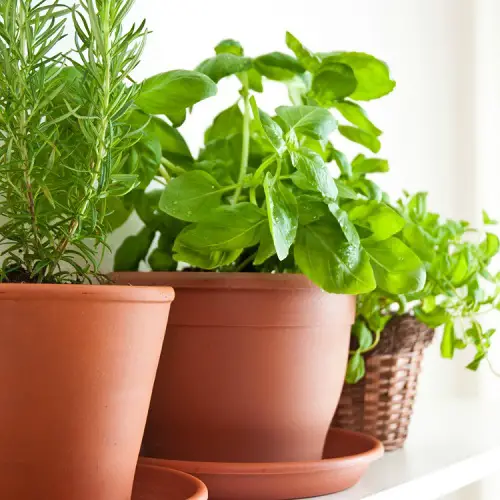
So, why are we suggesting you some herbs you should never buy? Well, when you grow them, you save a lot and you also get a fresh harvest! What more do you want?
Herbs You Should Never Buy But Grow Instead at Home
1. Basil
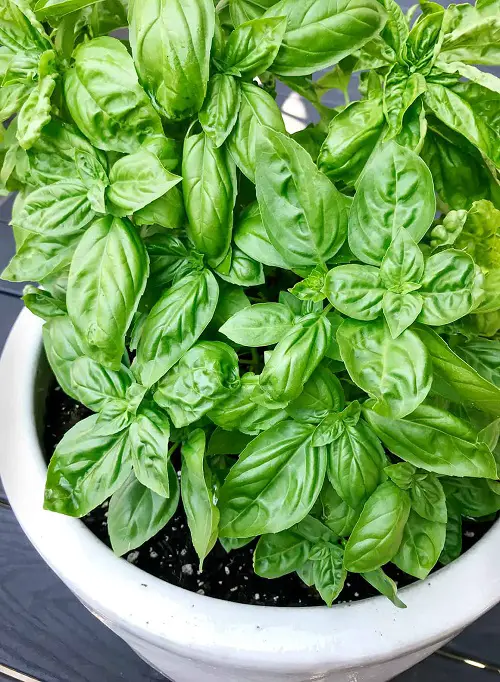
Botanical Name: Ocimum basilicum
You can easily grow basil in sunny spots of your home by using cuttings or seeds. It will avoid the recurring expense of purchasing it from the market, and of course, there is no match to the freshness and flavor of homegrown basil compared to store-bought!
2. Mint
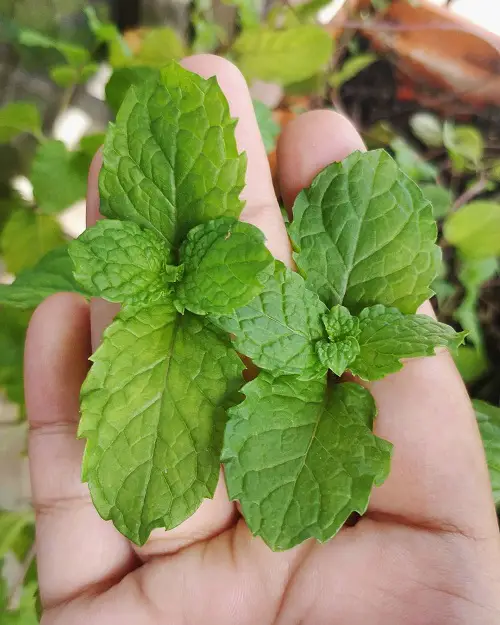
Botanical Name: Mentha
If you are used to adding those fresh mint leaves to your drinks, find a partially shaded windowsill to grow your own mint in containers. The more you harvest it, the more it multiplies!
3. Rosemary

Botanical Name: Rosmarinus officinalis
Propagating rosemary from cuttings is an easy way to have a fresh supply all year round. If you want fresh and thriving rosemary, plant it in well-draining soil, and ensure regular harvest for healthy growth.
4. Thyme
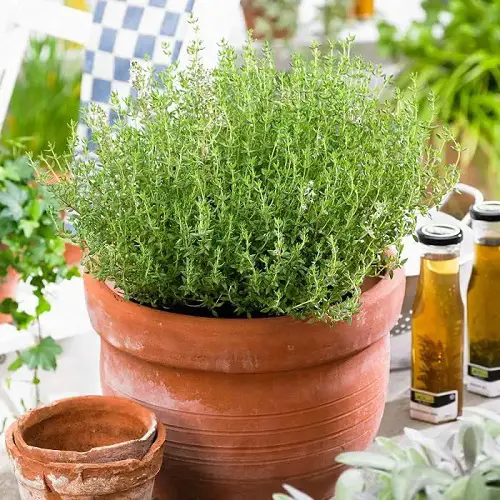
Botanical Name: Thymus vulgaris
With a little pinch of homegrown thyme, you can elevate the flavor of your vegetables and meat to the next level! Whether you grow it in a container or a petite garden bed, ensure that you choose a sunny corner.
5. Parsley
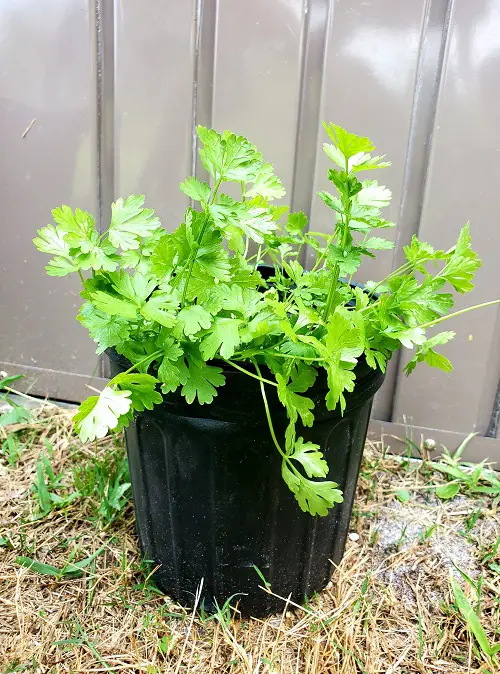
Botanical Name: Petroselinum crispum
All you need is a small pot (You can also use mason jars or milk jugs) to grow it on any spot that gets bright and indirect sunlight. Water when the topsoil goes dry and you will have your own fresh supply for years! It also multiplies well with division!
6. Chives

Botanical Name: Allium schoenoprasum
The easiest and most successful way of growing chives is by seeds, or get a specimen from a garden centre and then divide it for more plants. You can easily grow chives anywhere in a bright, sunny location. To encourage new growth, regularly snip the leaves.
7. Cilantro (Coriander)
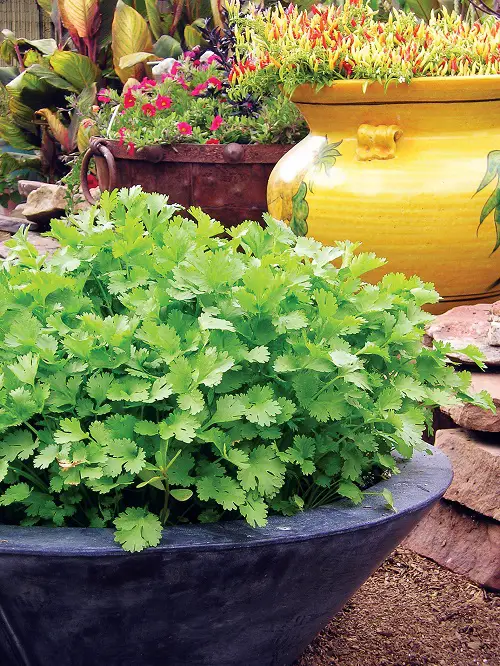
Botanical Name: Coriandrum sativum
This is one of those herbs you should never buy no matter what! I mean why would you, when you can grow it in a small space like a kitchen windowsill or balcony and harvest fresh leaves at your will?
It needs deeper pots (at least 8-10 inches). Tubs and bowls work for them well. A sunny windowsill and cooler temperatures is all it needs for best leaves.
8. Sage
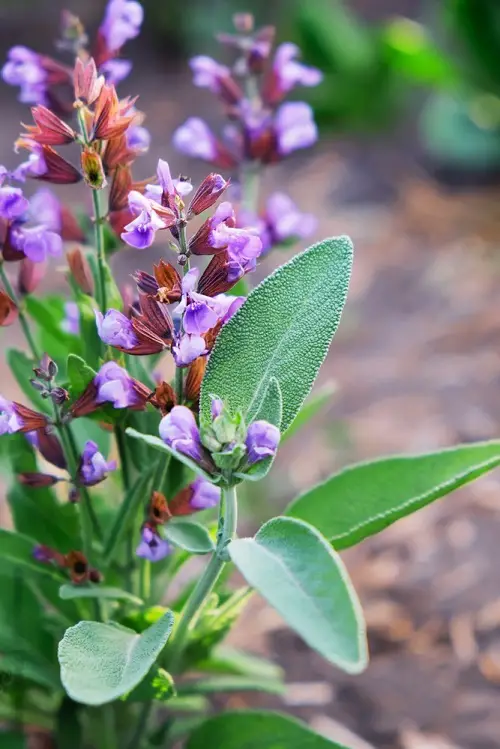
Botanical Name: Salvia officinalis
Sage is often used in many holiday dishes, including poultry and sausage, so it makes a lot of sense to grow it in the garden. Just keep an eye out for overwatering, and ensure it gets full sunlight for at least 6-8 hours. You can easily start it from cuttings.
9. Lemon Balm
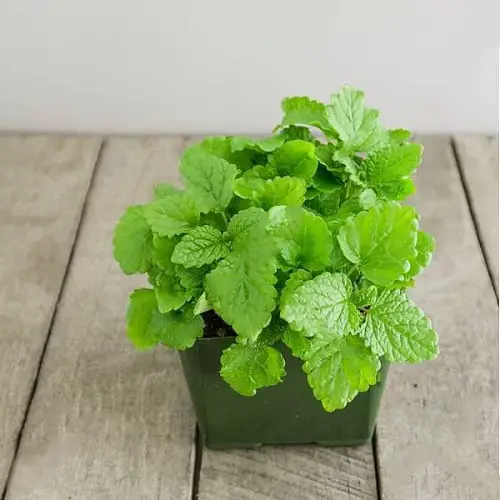
Botanical Name: Melissa officinalis
A single plant of this cultivar can yield ample fresh leaves for your culinary use. Choose a partially shaded to full-sunlight spot for your lemon balm and ensure pruning to prevent legginess.
10. Marjoram
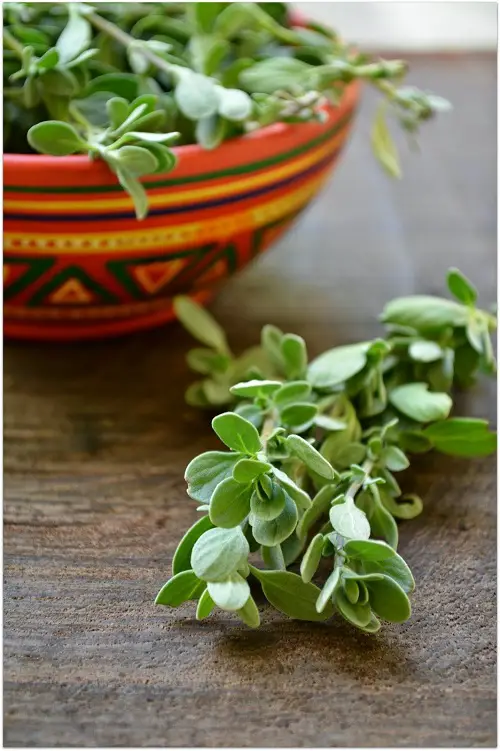
Botanical Name: Origanum majorana
Marjoram thrives in full sunlight and well-drained soil. Since it is susceptible to overwatering-related issues, ensure you only water it once the soil dries out. You can multiply it easily by layering (bend the stem and cover it with soil) and have many plants!
11. Stevia

Botanical Name: Stevia rebaudiana
Growing your own stevia is cost-effective compared to buying it from the store. It is a tender perennial herb that should be harvested before flowering to ensure the best sweetness.
12. Lemongrass
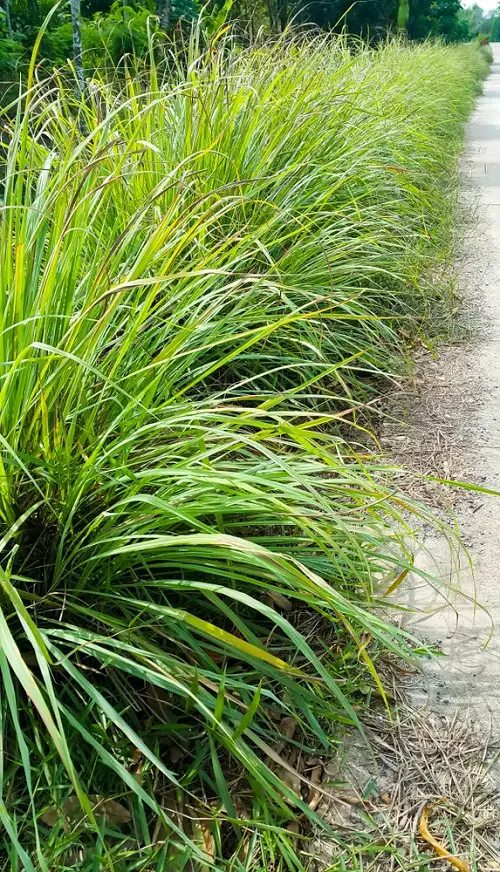
Botanical Name: Cymbopogon citratus
Just get one lemongrass plant from a garden centre and then you can keep on dividing it for more specimens! Give you lemongrass some warmth and full sunlight to flourish. Grow it in big and deep containers.
13. Fennel
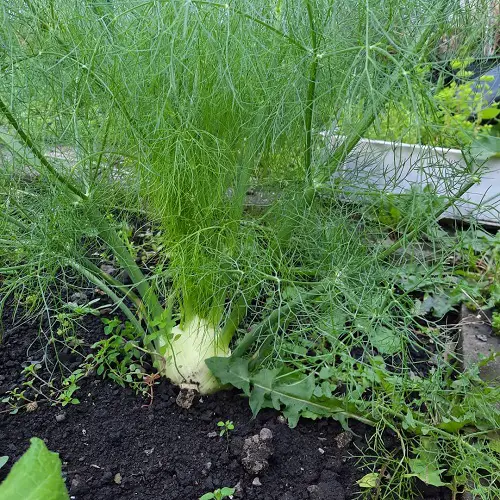
Botanical Name: Foeniculum vulgare
Growing fennel in garden and pots from seeds (that you can get from garden centres) will be a rewarding experience as you can make your soups, pasta, and salads more flavourful with its fresh leaves. All it needs a moist soil and plenty of bright light to thrive.
14. Curry Leaves

Botanical Name: Murraya koenigii
You don’t need to have a big garden to grow curry leaves. They do well in small pots (Just re-pot it according to the spread or height), too. Let it reach to a height of about 3-4 feet and then you can start harvesting its fresh leaves for the kitchen.


